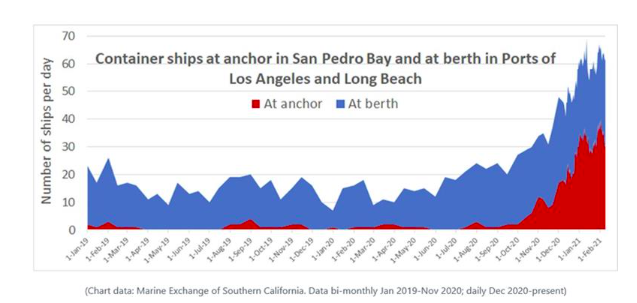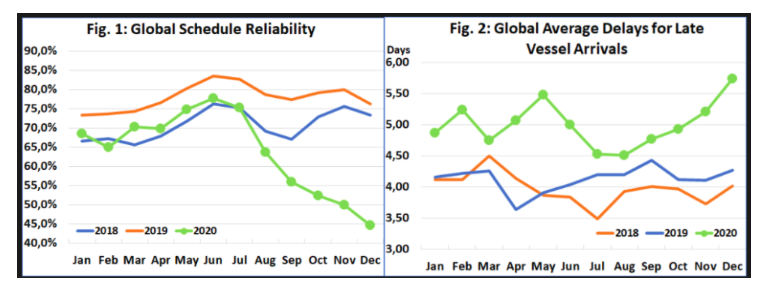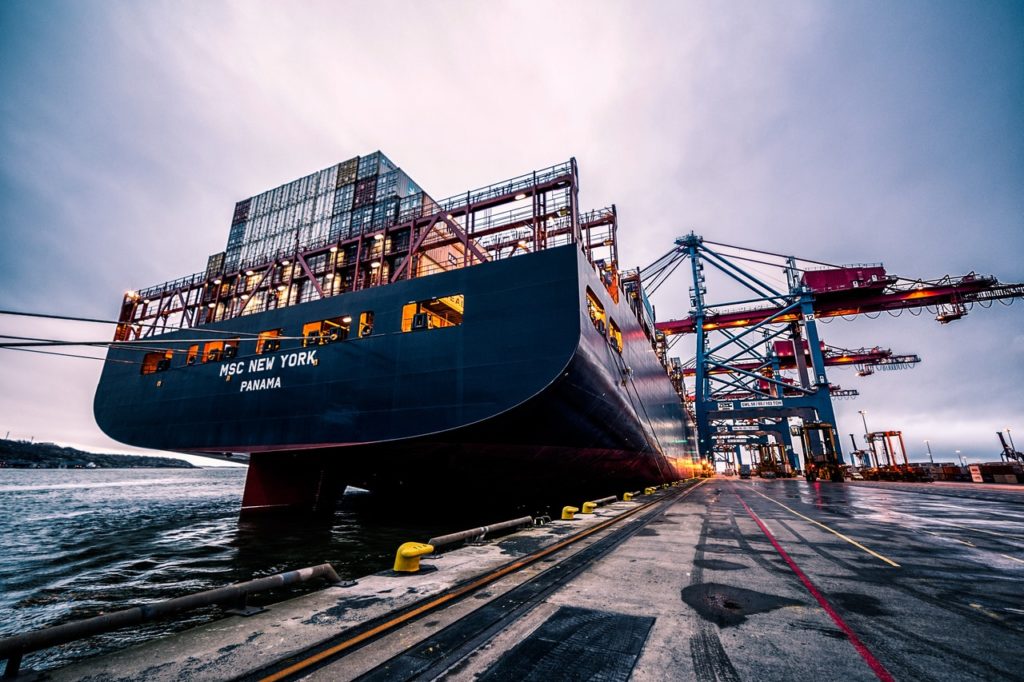Whilst the behemoth Evergreen was refloated and shipped back to open seas, a larger and longer lasting crisis still remains. Against a global logistics backdrop that has witnessed soaring freight costs, container shortages and logjams experienced at major global ports spanning Asia to America, the question remains: How long is this going to affect the supply of key goods and how well is your ecommerce brand mitigating the risks of global fulfillment?
Let’s start at the beginning
WHERE IT BEGAN
COVID-19 has shaken up the predictable freight patterns the governed the process that shipping containers are shared around the world’s ports. Consequentially, in the on-again, off-again easement of Covid-19 restrictions since late last summer, an unprecedented wave of pent-up demand from global consumers resulting in an indulging of e-commerce purchases (I too am guilty) delivered a systemic shock to every part of the global supply chain.
The result: Unheralded export demands from the manufacturing breadbasket of the world: China.
THE CURRENT PORT SITUATION
The Port of Los Angeles announced last month that processed volume in February jumped 47 per cent year-on-year, the strongest February in its 114-year history. Yet spartan resources wereavailable to match the excessive demand, as a result of social distancing practices and emerging COVID-19 clusters amongst dockworkers.
As of Friday, Feb. 12, there were 35 container ships at anchor in the San Pedro Bay (Long Beach/Los Angeles Ports) awaiting a berth and another 60 at berth. Terminal operators in the Ports of Long Beach & Los Angeles are estimating the congestion of over 500,000 containers will not be cleared until at least May. Unfortunately, the latest updated in April 2021 sees more than two dozen ships are waiting to berth outside San Pedro, with rumour that congestion at San Pedro Bay could last well into early next year.
Benchmark this against the pre Covid-19 standards of 0-1 day delays, the current delay period is estimated at over a week, not taking into account that inbound cargo is coming in everyday, fuelled by the continual surge in e-commerce demand.

THE COST OF INSTABILITY
Ocean carriers are moving the majority of transpacific eastbound containers at historically high levels. Looking forward, contract renewal season occurs around May 1, and given the strong demand into North America and Europe, carriers hold the upper hand in securing significant rate increases.
Conversely, ocean carrier schedule reliability remains below 50% and the average delays in vessels arrival continues to increase above 5 days.

The longer-term impact on trade and consumers remains difficult to forecast as no one knows for sure when the situation will ease, or if it might worsen.
So far, big US retailers have largely absorbed added freight costs, but consumers are expected to feel the pinch at some point.

Ready To Upgrade Your Logistic Solution?
Speak to Floship ecommerce logistic consultant about improving your global support chain today




